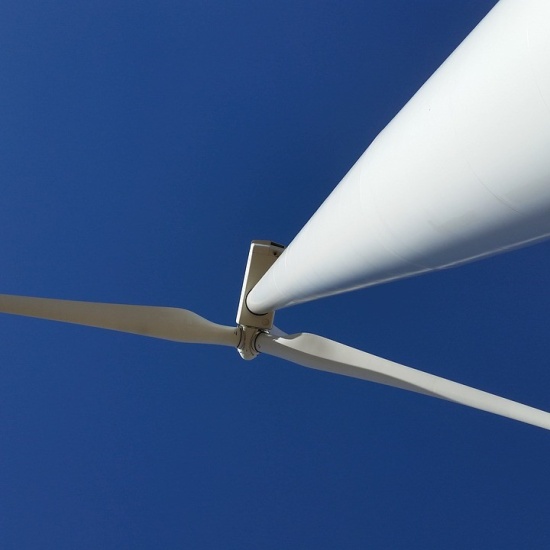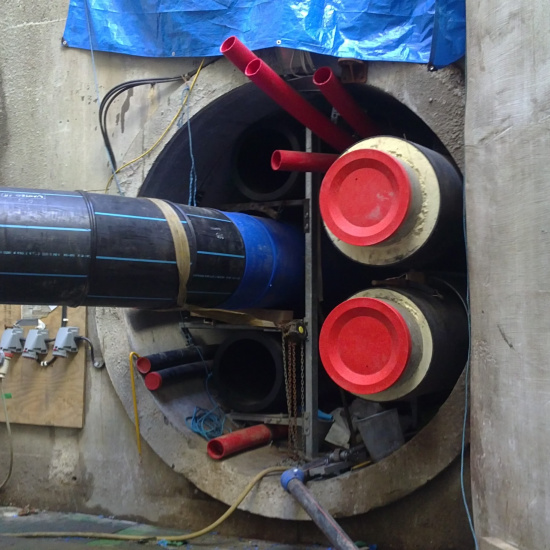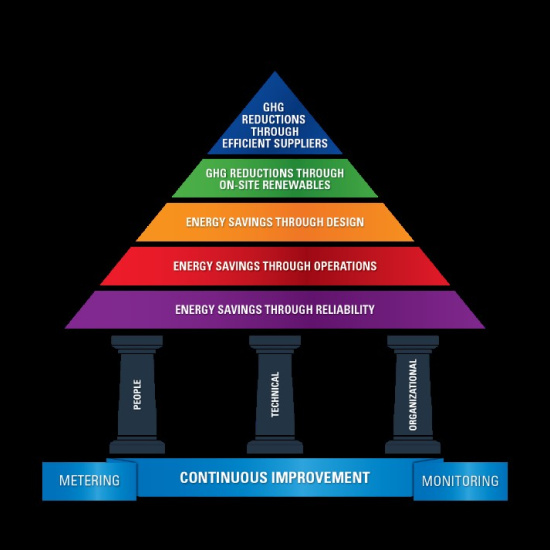The 10 areas of energy efficiency farmers should focus on
Farms, like all businesses, can spend a significant amount of money on energy. Energy used for lighting, space heating, water heating, and other areas such as milking, cooling and water pumping, can make up a large proportion of operating costs.

As a farmer, you can make your business more efficient and resilient to rising energy costs. Start by making a few simple changes to how and where you use energy. Once you complete these low cost measures, you may want to invest in some new controls. Other technologies can deliver further savings.
We recommend these ten areas to focus on:
1. Understand your energy use
Where are the major areas of energy use on your farm?
Walk around your farm and identify where energy is used. Remember to check at different times of day, to account for variation between day and evening/night time use.
Prepare a checklist and look at lighting, heating systems, ventilation, water heating, and milk cooling and pumps if appropriate. Monitor over a period of a week so that you get accurate average figures.
2. Change energy supplier
Switching energy suppliers is one of the quickest ways of reducing your costs. Ring around or go online to check the deals available from alternative suppliers.
3. Insulation
Adding or improving your insulation can have a significant impact on the energy costs and comfort. This applies to both both homes and farm buildings.
For example, upgrading loft insulation in the family home from 100mm to 300mm will save €250 a year. This is calculated on a typical annual bill of €1,600. Check out the grants we offer to insulate your home, and to upgrade home heating solutions.
4. Heating and hot water
Consider getting a new boiler or heat pump if your existing one is old. A modern condensing boiler can reduce energy bills by 25% and save €400 a year in a typical farm house.
Alternatively, regularly servicing your boiler can save as much as €160 on a typical annual heating costs of €1,600. And don't forget the simple things: bleeding radiators, checking boiler timers and setting your heating controls to a comfortable temperature.
5. Heating controls
There are several types of heating controllers. Essentially they all regulate and help to control the temperature of your heating and ultimately your heating costs. This applies whether it's your farm house, your piggery or poultry house.
6. Lighting
You can save up to 80% by picking the right lighting for the job. LEDs are the most efficient. For example, replacing a 500-watt halogen flood light with a 150 LED lamp will save €128 a year. It also lasts 100 times longer.
7. Ventilation
Better controls, more efficient air movement and less reliance on mechanical systems. These can all help to save money on ventilation costs. Make sure that fans and ducts are regularly maintained and kept clean to maximise efficiency. In pig farms, a 40% improvement in energy efficiency can be achieved. This is through more effective controls and routine maintenance of the ventilation system. This can result in saving €4/finished pig/year in an integrated unit.
8. Milk cooling
For dairy farmers, a correctly sized Plate Heat Exchanger can reduce energy costs for cooling milk by up to 50%. That can give a saving of €9/cow/year. Use of water to pre-cool the milk before it enters the tank will save about 30% of milk cooling costs. This gives an energy saving of €5 per cow, per year.
9. Vacuum pumps
Dairy farmers should consider installing a variable speed drive to the vacuum pump in the milking parlour. It can give you a 60% reduction in pump running costs, equivalent to €4/cow/year.
10. Renewable energy
First, take steps to minimise your energy use through energy efficiency measures. The next step is to consider using some renewable energy system.For example, solar panels for water heating or wood chip/pellet boiler for space heating. As well as reducing emissions like CO2 , they are cheaper to run and offer significant cost savings. Take a look at our new Renewable Biomass heating for business section. See if biomass is a good fit for your farm.



